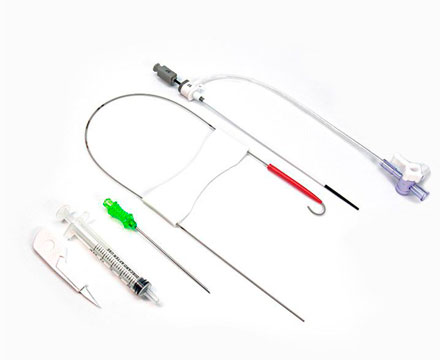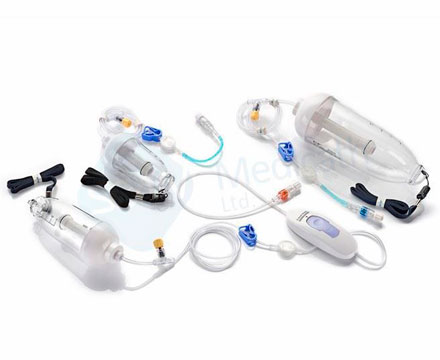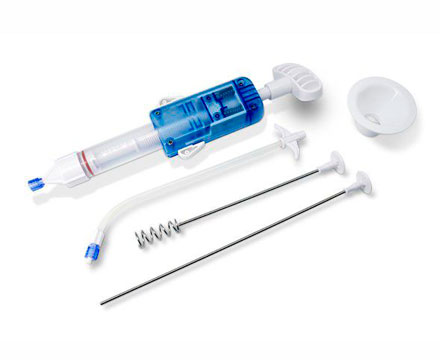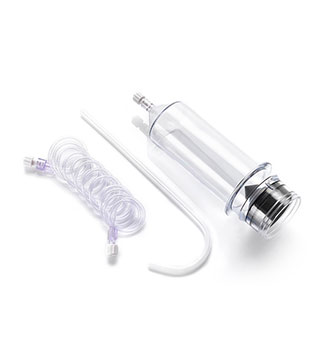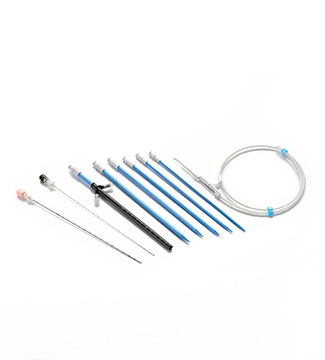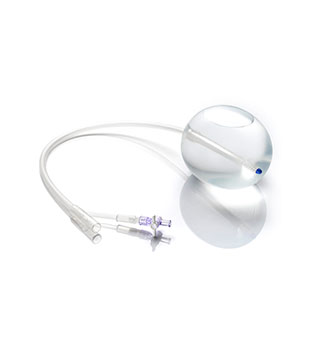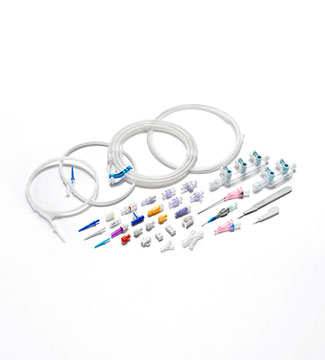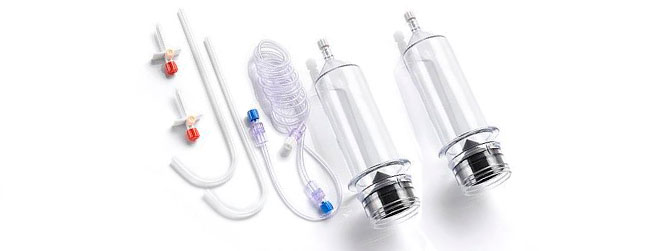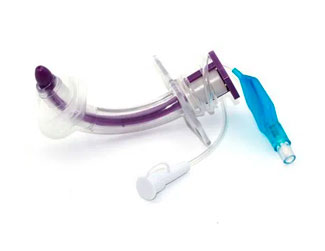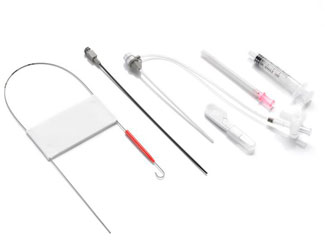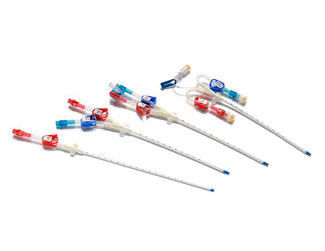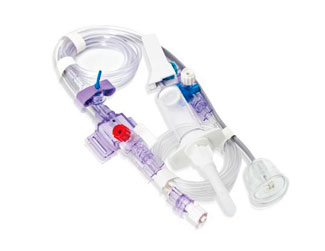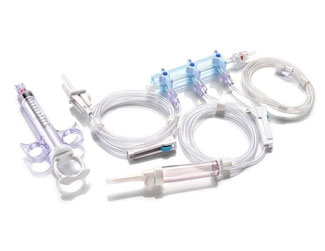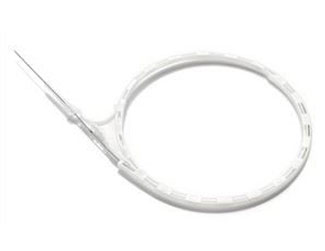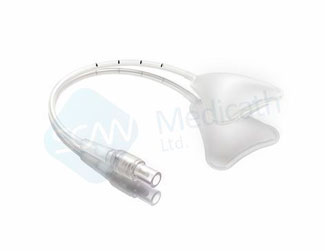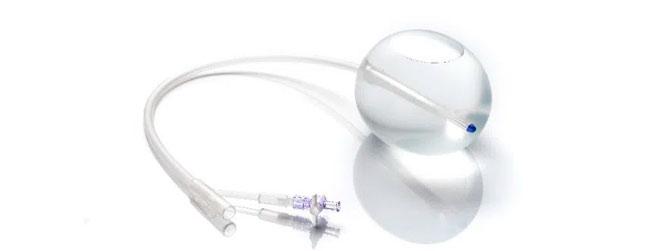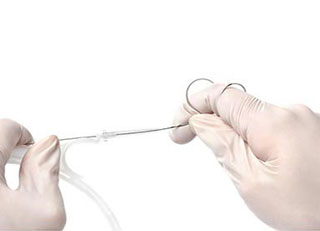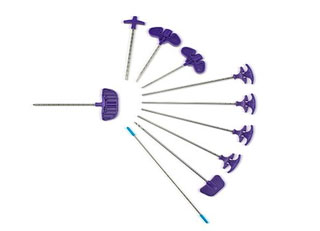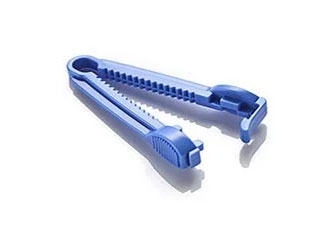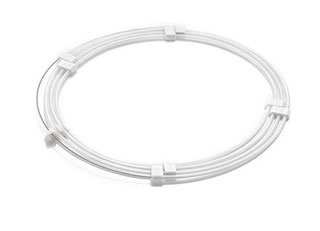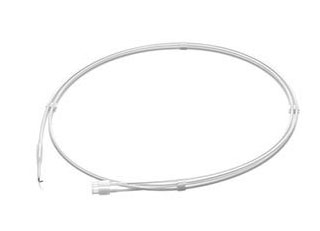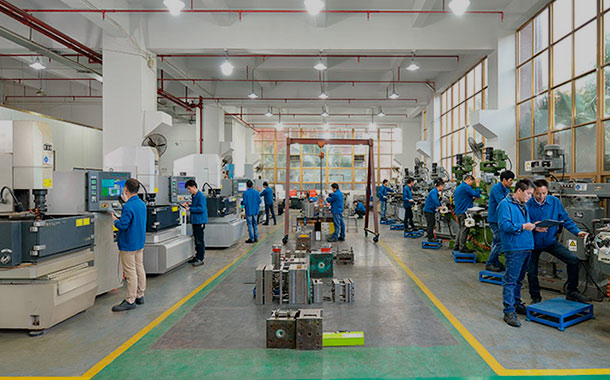Innovations in Hemostasis Valves: the Future of Blood Control in Medical Devices
In the ever-evolving world of medical devices, innovations continually drive improvements in patient care, safety, and procedural efficiency. One crucial area of innovation is in hemostasis valves, where brands like SCW Medicath are making significant strides. These valves play a vital role in controlling bleeding during various medical procedures, from catheterizations to minimally invasive surgeries. In this blog, we'll explore the cutting-edge innovations in hemostasis valves, with a particular focus on the contributions of SCW Medicath.
Understanding Hemostasis Valves
Before delving into innovations, let's grasp the essential concept of hemostasis valve.
Hemostasis valves are medical devices designed to control and prevent bleeding during procedures that require the insertion or manipulation of instruments such as catheters or endoscopes. They provide a seal around the instrument while allowing it to be introduced or withdrawn without allowing blood or fluids to escape. This helps maintain a sterile environment, reduces the risk of infection, and ensures a clear field of view for medical practitioners.
Innovations by SCW Medicath
Advanced Material Technology
SCW Medicath has been at the forefront of developing hemostasis valves with advanced materials that enhance their performance. These materials are not only biocompatible but also highly durable, ensuring the valves can withstand the rigors of medical procedures.
Reduced Blood Loss and Cross-Contamination
One of the critical innovations in hemostasis valves by SCW Medicath is their ability to minimize blood loss and cross-contamination. These valves are designed to create a secure seal around the inserted instrument, virtually eliminating the risk of blood escaping and contaminating the field.
Ease of Use and Compatibility
SCW Medicath's hemostasis valves are engineered to be user-friendly, allowing medical practitioners to perform procedures with ease. They are also compatible with a wide range of instruments, making them versatile tools in various medical settings.
The Future of Hemostasis Valves
As technology continues to advance, we can expect even more exciting innovations in hemostasis valves. Some areas to watch for in the future include:
Enhanced Biocompatibility: Further developments in materials science may lead to hemostasis valves that are even more biocompatible and minimize the risk of adverse reactions.
Smaller Profiles: The miniaturization of medical devices is an ongoing trend. Hemostasis valves may become even smaller and less invasive, allowing for more precise procedures.
Integration with Imaging: Integration of imaging technology within hemostasis valves could provide real-time visual feedback to medical practitioners during procedures.
Innovations in hemostasis valves are transforming the landscape of medical procedures, offering improved patient outcomes, reduced complications, and enhanced procedural efficiency. Brands like SCW Medicath are leading the charge in developing advanced hemostasis valves that meet the ever-increasing demands of the healthcare industry.
As we look to the future, the potential for even more groundbreaking innovations in blood control and hemostasis valves is promising. These innovations will continue to empower medical professionals and improve the overall quality of patient care in a wide range of medical disciplines.
teflon coated guidewire, ptfe coated guidewire, pressure tubing medical

 English
English  日本語
日本語  한국어
한국어  français
français  Deutsch
Deutsch  Español
Español  русский
русский  português
português  العربية
العربية  tiếng việt
tiếng việt  ไทย
ไทย  Malay
Malay  हिंदी
हिंदी 
